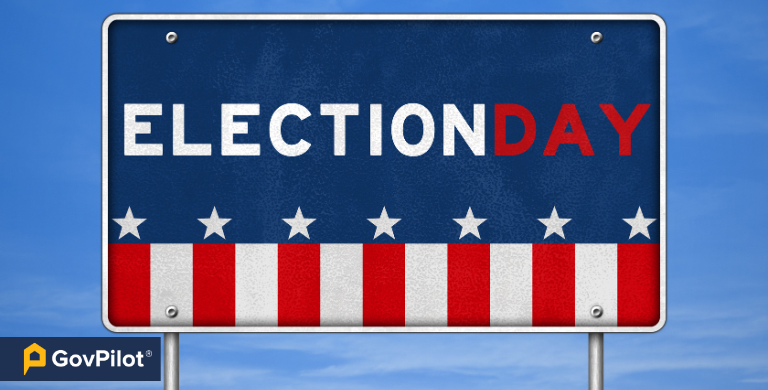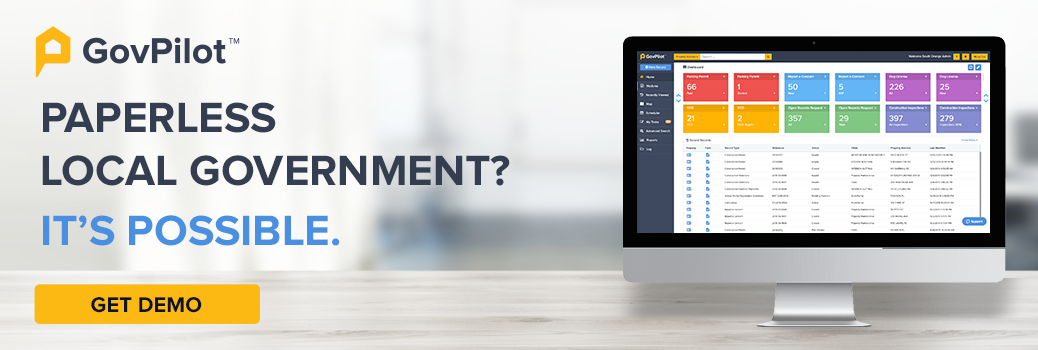As election day approaches, local government officials face the challenge of ensuring that constituents are informed about critical voting procedures.
The importance of transparent, accurate, and timely communication cannot be overstated—it serves as the backbone of a functioning democracy.
Without proper communication, the process can be confusing, leading to voter disengagement, missed opportunities, and potential mistrust in the democratic process. Local governments need clear strategies to ensure that voters are aware of where and when to vote, what they need to bring, and how to cast their ballots.
In today’s fast-paced digital world, government officials must adapt to changing communication trends to reach all members of the community, regardless of age, tech-savviness, or location.
This article will explore actionable strategies to keep constituents informed before election day and highlight the role technology plays in enhancing transparency, trust, and voter participation.
What to Expect: Overview of This Article
This article will break down the essential methods for engaging with constituents before election day. Topics to be covered include:
- Importance of Digital Communication Channels
- Leveraging Social Media, Email, and Other Platforms
- Tools for Real-Time Updates and Reminders
What Is Constituent Communication Before Election Day?
Constituent communication, in the pre-election context, refers to the strategies local governments use to inform residents about the upcoming election. 2024 has been a year of rhetoric about upcoming elections, which actually informed constituents more than usual!
This communication is not only about telling constituents where and when to vote; it’s about building trust through transparency, providing clear instructions, and helping constituents navigate the electoral process.
Well-executed pre-election communication fosters voter confidence, making it easier for individuals to understand how to participate.
By offering timely and consistent updates, local governments can answer questions, address concerns, and make sure that their citizens are well-equipped to make informed decisions. From explaining polling place changes to providing candidate information, effective communication plays a pivotal role in creating a transparent and trustworthy election process.
Check out these Cutting-Edge Features For Local Government that can help your municipality flourish!
The Basics of Pre-Election Communication
To ensure that constituents are well-informed, there are several foundational principles that local governments should follow! Read about them in this section:
1. Ensure Transparency
Voters should know exactly where to vote, when to vote, and what documents are required. Local governments need to provide clear, consistent, and easy-to-access information that answers common questions ahead of time.
A transparent communication process prevents confusion on election day and reduces the number of people who may be turned away due to missing paperwork or voting at the wrong location.
Learn all about Building Trust in Local Government here!
2. Maintain Consistency
Regular updates create a rhythm that constituents can rely on. By sending information at regular intervals (e.g., every few weeks or days leading up to the election), officials can ensure that voters do not forget key details, such as voting deadlines or requirements.
Learn more about Government Communications Strategy in this resource.
3. Provide Clarity
The clearer the communication, the more accessible it is for all members of the community. Election logistics can be complicated, but local governments should break down this information into digestible pieces.
Using simple language and visuals (like maps or infographics) can help constituents feel confident in their ability to vote properly.
Make sure you Refine Your Local Core Values with our article!
Strategies to Keep Your Constituents Informed
Several communication strategies can be employed to ensure that all constituents are informed before election day. By combining traditional methods with cutting-edge digital tools, local governments can reach a broader audience while ensuring that voters stay up-to-date on key election information.
1. Leveraging Social Media
Social media platforms, including Facebook, Twitter, and Instagram, offer a direct, fast, and often interactive way of connecting with constituents. Social media can be used to:
- Post reminders of voting dates, times, and locations.
- Share links to early voting and absentee ballot applications.
- Respond to questions and concerns from voters.
- Provide real-time updates in case of unexpected changes, such as polling place shifts or election-related emergencies.
These government social media platforms are particularly useful for reaching younger and more tech-savvy voters who may not engage with traditional media outlets. Social media allows for quick responses to queries, interactive dialogue, and community engagement—elements that can help build trust in the election process.
2. Email Newsletters
Email newsletters are an effective way to communicate with constituents in more detail. These can be used for:
- Sending out informational flyers with detailed explanations of how to vote, what IDs are required, and what the voting process entails.
- Offering election-related reminders, such as deadlines for absentee ballots or voter registration.
- Distributing a list of local polling places and key officials running for office.
Email newsletters also allow for a more targeted approach. Local governments can segment their mailing lists to send specific information to residents based on their geographic location or voting history; they can also refine their content creation strategies to improve this process.
3. Text Alerts and Notifications
For immediate, real-time updates, text alerts are one of the most effective tools available. Short, concise messages can be sent to constituents about:
- Changes in polling place locations.
- Last-minute reminders about voting deadlines.
- Emergencies or unexpected changes (e.g., weather-related delays).
Text messages are quick to send and easy for constituents to read, making them an ideal way to ensure important election-related information is delivered without delay.
Digital Tools and Resources You Can Utilize Next Election Cycle
Digital tools and platforms are increasingly playing a key role in election communication, with local governments leveraging advanced software and mapping systems to streamline communication.
-
GovPilot’s Government Software
GovPilot provides local governments with software solutions that streamline the dissemination of election-related information. By utilizing GovPilot’s platform, officials can:
- Easily share detailed, up-to-date election data with constituents via the website, email, or social media.
- Track responses to election-related inquiries and ensure that voters’ questions are addressed promptly.
- Monitor engagement and tailor communications based on user preferences or past interactions.
GovPilot’s software solutions simplify communication, allowing local governments to focus on delivering timely and relevant information without getting bogged down in technical logistics.
-
GIS Maps for Location-Based Updates
Geographic Information Systems (GIS) can be invaluable for election communication. GIS mapping tools help create interactive, location-based maps that allow constituents to find their nearest polling places and check if their voting district has changed.
These maps can be easily integrated into local government websites and social media platforms, giving voters a visual guide to their polling locations. GIS maps can also provide additional information on nearby early voting sites and election-day accommodations for those with disabilities.
-
Report-a-Concern Feature for Questions
Another valuable feature is the ability to easily report concerns or ask questions regarding the election process.
A simple ”Report-a-Concern” feature on a government’s website, integrated with email and text alerts, enables constituents to ask questions directly to the local elections office.
Whether it’s clarifying eligibility requirements or reporting potential issues with voting equipment, the faster concerns are addressed, the more confident voters will feel about their participation.
Check out GovPilot’s Report-a-Concern Software here!
Utilize These Strategies To Improve Your Democratic Process Now
As local government officials, the responsibility to keep constituents informed before election day is a critical one. By employing the strategies outlined above—leveraging digital tools, social media, email, and real-time updates—governments can ensure transparency and build trust within their communities.
The more engaged and informed the electorate is, the stronger the democratic process becomes. Local governments should take advantage of the technologies available, like GovPilot, to streamline communication and ensure that all voters have the information they need.
Local governments can book a consultation with GovPilot to explore customized solutions designed to fit their communication needs and help them navigate the intricacies of election day communications with ease.
Election Day FAQs
What are the best ways to reach different demographics before an election?
Reaching different demographics requires a multi-channel approach. Younger, tech-savvy voters may respond well to social media posts, while older voters may prefer email newsletters or text alerts. Additionally, local governments should offer materials in multiple languages to ensure inclusivity for all residents.
How can local governments ensure timely communication if changes occur?
Local governments can use text alerts, social media, and GovPilot’s platform to deliver real-time updates. These tools ensure that changes, whether due to weather, polling location shifts, or other issues, are communicated instantly to all relevant parties, minimizing confusion and maintaining trust.









